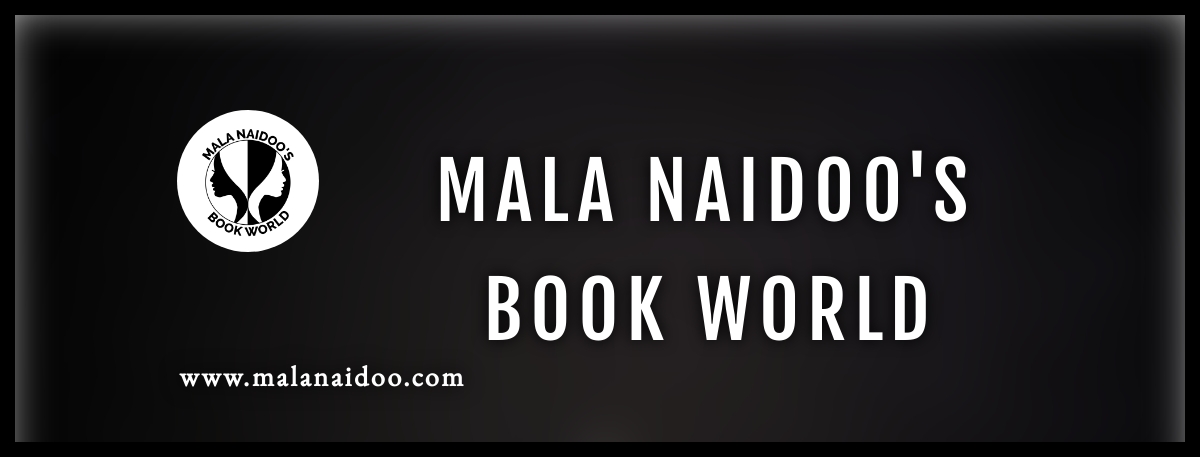As I work through cleaning up my latest manuscript, a first in series, I am weeding out those darling crutch words, scene shifts, and other hidden gems (I thought they were gems until I read them with an unemotional, critical eye) to clear the wood for the trees to have a better view of where my characters are and what they’re getting up to. If I don’t have a clear, error free, sense of my story, how will the editor? Worse still what would the reader do?
It’s not easy after several self-edits to handover your baby for professional scrutiny. There’s no getting away from it, self-editing is turning the eye inward without a tear, first the incision then as you pass judgement, the brutal chop of your precious, crafted words, emotions, descriptions, settings, characters, and whatever else might need adjusting in your created world.
very, really, rather, quite, in fact… do you need them?
So, how many steps are there during the self-editing phase? (These are the steps I follow which varies from writer to writer)
- First, line by line, chapter by chapter, on the computer screen change the double word use, missing words, etc.
- The second step is to correct timelines if there are errors.
- During the third phase, put the manuscript through editing software such as Grammarly, and Pro-Writing Aid — excellent to pick up flaws the naked eye missed — spelling (American or British?), grammar, repetitions, and general style especially when that sneaky passive voice creeps in.
- The fourth step is reading your manuscript out aloud and recording the story for playback editing. Rhythm, the cadence, and sense become distinct during this process which directs you back to the screen to fix those snags.
- The fifth phase is print a hard copy of the manuscript and rip though it with the colours of the rainbow to show you what is working, and what needs another chop or perhaps another trim.
- The sixth phase is formatting an eBook in Scrivener to read through in a different form — anything that slipped through the self-editing cracks screams out, in a new form, for rectification.
Now the manuscript is ready for the professional edit although I might enlist a trusted, closely held, proof-reader to check through once before the professional submission. Then proofreaders step in for the final check.
During the process of self-editing do not rely solely on your gut experience in making changes. Consult those in the industry that you admire, read or use as a role-model . An editing guidebook, and a thesaurus is a must have on any good writer’s desk.
When working with an editor, it should be a negotiation on necessary changes, but be prepared that there could be changes suggested that might not sit too well with you, but for the success of the book, within reason, you should take the suggestions on board.
What is the editing timeframe?
There are many ways to do this , some say spend three months drafting, three months editing. However, some write a book a month — at best I could get through two to three in a year as a part-time writer. Remember, the professional editor could ask for a month to check your manuscript.
I generally veer to three months writing, three months editing, but sometimes life makes its call on time and energy so that varies year to year, book by book.
What are your self-editing tips? Let us know how you do it your way.
Collaborate + Consider + Cooperate + Change = an excellent MS ready to go.
Best wishes with writing, editing, and publishing.






You must be logged in to post a comment.